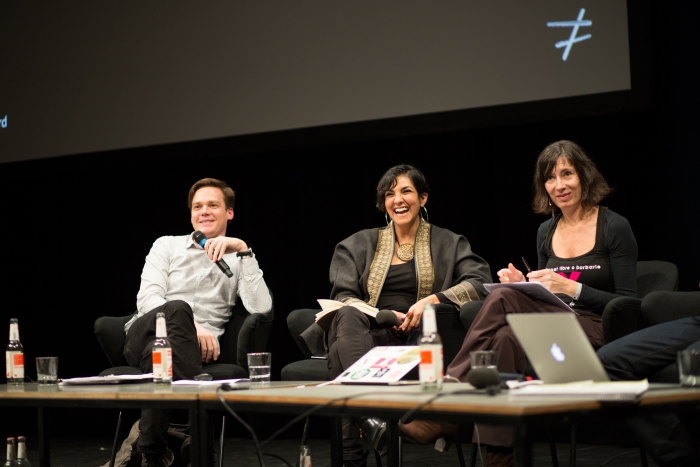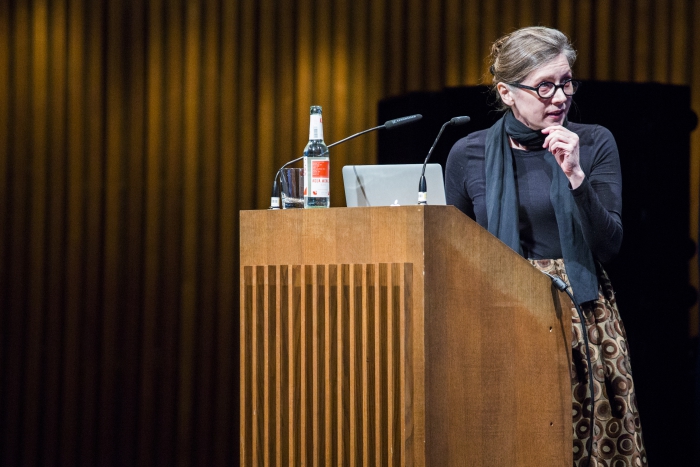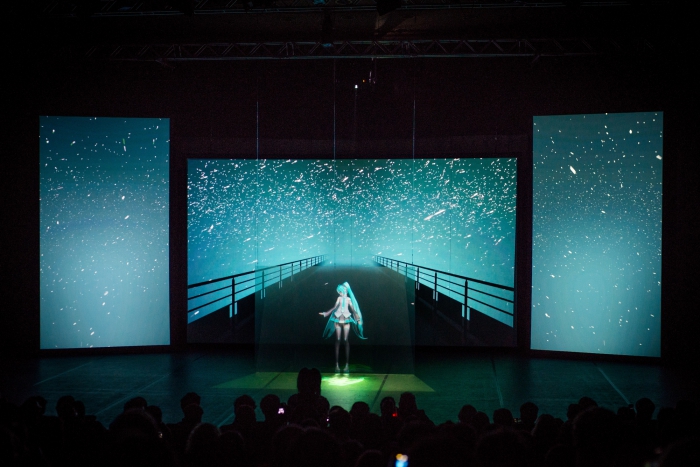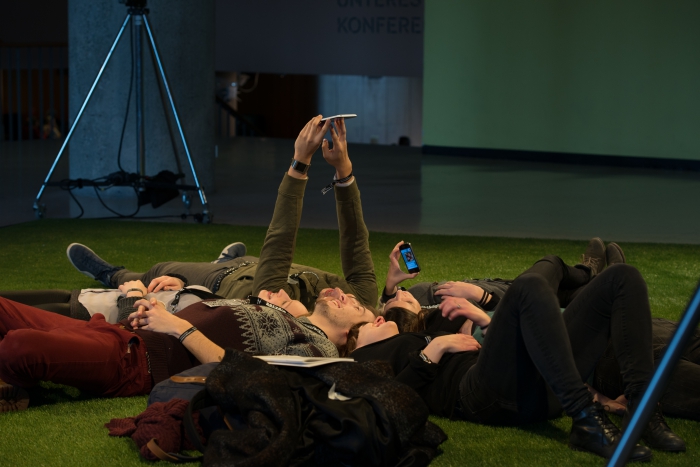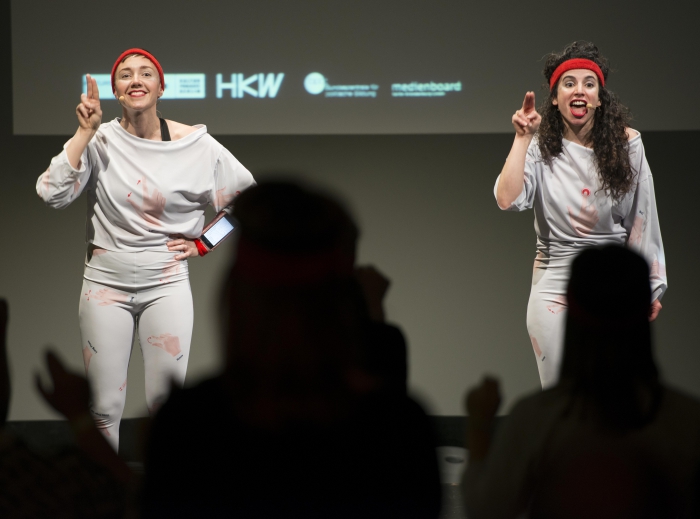transmediale 2016
transmediale/conversationpiece
Everybody's talking at me
I don't hear a word they're saying
Only the echoes of my mind
Indeed, “everybody's talking,” but just like the protagonist of that iconic 1960s song, you probably are not hearing a word save the echoes of your own voice rippling through the networks. An inertia of conversation seems to be the result of today's global competition between states, corporations, networks, and individuals to create the contexts and frameworks for conversations. This competition is the process by which matters of urgent global concern are turned into pre-emptied conversations: the war on terror, economic growth, the refugee crisis, climate change, and big data to name just a few diverse yet interconnected ones. transmediale has dealt with these topics and many more in the past, but this year we believe it is time to turn a reflective gaze on the medium of conversation itself and rethink the format of the post-digital culture event.
Conversation Piece references a certain idealized type of conversation depicted in the eponymous genre of group portraits popularized in the 17th and 18th centuries. These paintings show slices of bourgeois family life such as tea parties, picnics, gallery viewings, and salons, where the subjects are engaged in private and informal yet also strongly hierarchic conversations. We should neither pretend that this idealized scene of a unified conversation culture can be achieved today, nor that it is desirable. Conversations are inherently fragmented in what passes for the global public sphere, and within it the privilege of conversation has at least partially been democratized and decentralized. This may seem good on the surface, but rather than bravely facing a radical multiplicity of topics and positions, we are seeing societies return to hierarchical forms of datafied conversation, where meaning is exchanged for mining, and text for context. In this situation, the one thing that seems worth repurposing from the historical conversation piece is the common ground on which arguments and viewpoints can be made. This is no longer the stable common ground of a traditional value system but rather the common articulation of many possible grounds and, importantly, the commoning of the means and resources to recognize these grounds in their difference and multiplicity.
New vocabularies and sensibilities are needed to express and distinguish between the different possible social, economic, and technological models that are now being created in order to deal with the planet's increasingly precarious living conditions. This entails a rebooting of conversation and a facing up to the anxieties of late capitalism. On this website you will read about the four conversation starters along which transmediale 2016 is structured: Anxious to Act, Anxious to Make, Anxious to Share, and Anxious to Secure. As in historical conversation piece paintings, these streams depict different potential ideal scenes, not of bourgeois everyday life but of contemporary cultural practices that have become as compulsive as they are underwritten by an anxious insecurity about their future direction. transmediale/conversationpiece will not finally resolve the contemporary anxiousness to “do something”; we would like to recognize how talking things through has value in and of itself. Through the artistic, multimodal processing of the discursive, sensory, and aesthetic dimensions of these topics, the possible common grounds for conversations will be manifested.
We want to act but not in vain.
We want to make but not without agency.
We want to share but not be exploited.
We want to be secure but not at the expense of others.
Explore the ...
Conference streams: Anxious to Act, Anxious to Make, Anxious to Share, Anxious to Secure
Film & Video program
Participants
Check out the ...
Video documentation
Audio documentation
Festival Team

Festival Architecture 2016
The Forum Romanum is the epitome of a place that has, due to centuries of densifying building activities, become an urban space of communication.
The superposition of building axes and of aesthetic and functional architectural systems has produced a high spatial density. This compactness corresponds, in raumlaborberlin's imagination, to the density of conversation of political, religious, cultural and economic nature which was once concentrated at this location. The Forum Romanum was the inspiration for the installation in the foyer of the House of the World Cultures for this year's transmediale.
The furniture of the house: chairs, tables, deck chairs, etc., everyday tools for the creation of situations of communication, was used as building material to construct small temples of conversation. By carefully layering and stacking the elements, raumlaborberlin set up a spatial composite of apparently functionless enclosed and interstice spaces that await their appropriation through the festival visitors. Space will be offered there to spontaneously continue discussions or let new conversations arise, aside from the planned formats.
Legende:
I FORUM
II CIRCUS
III STADION
IV ARENA
V ATRIUM
VI META SUDANS
VII COLOSSUS
VIII CARCER
IX BASILICA
